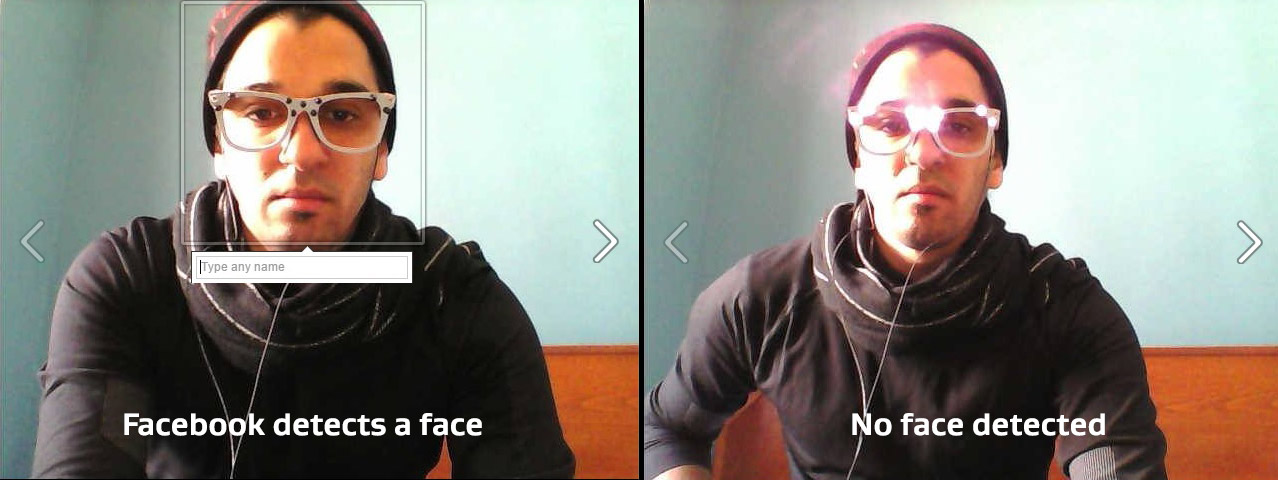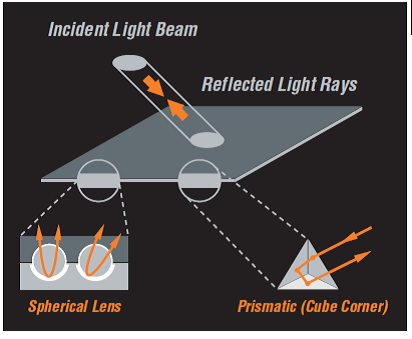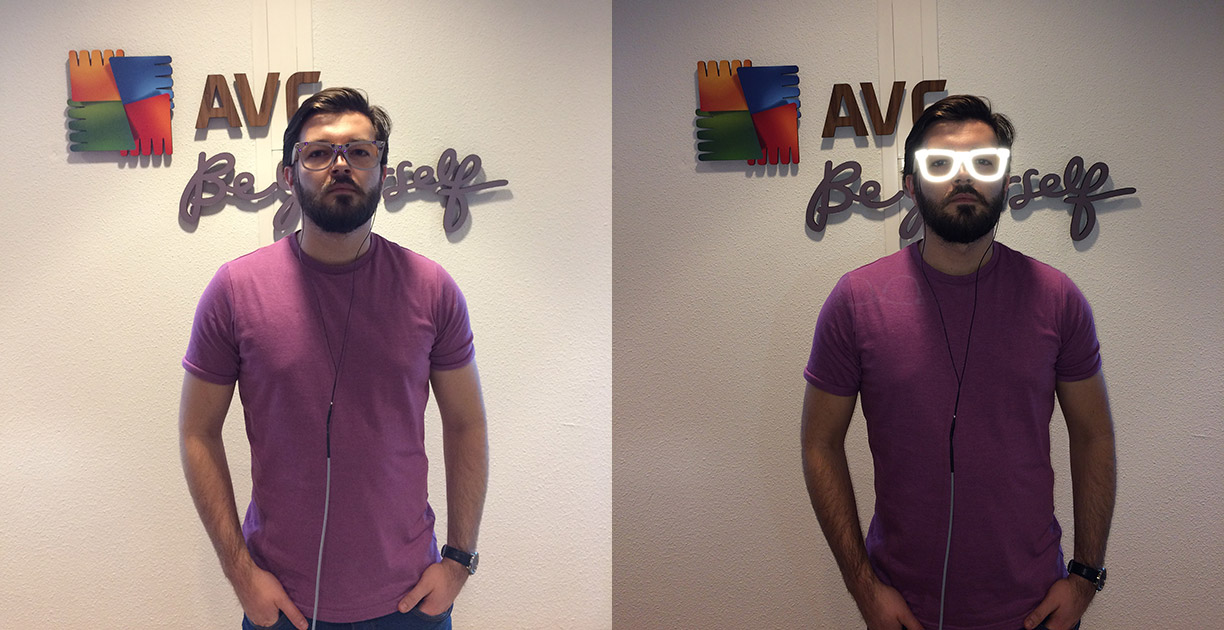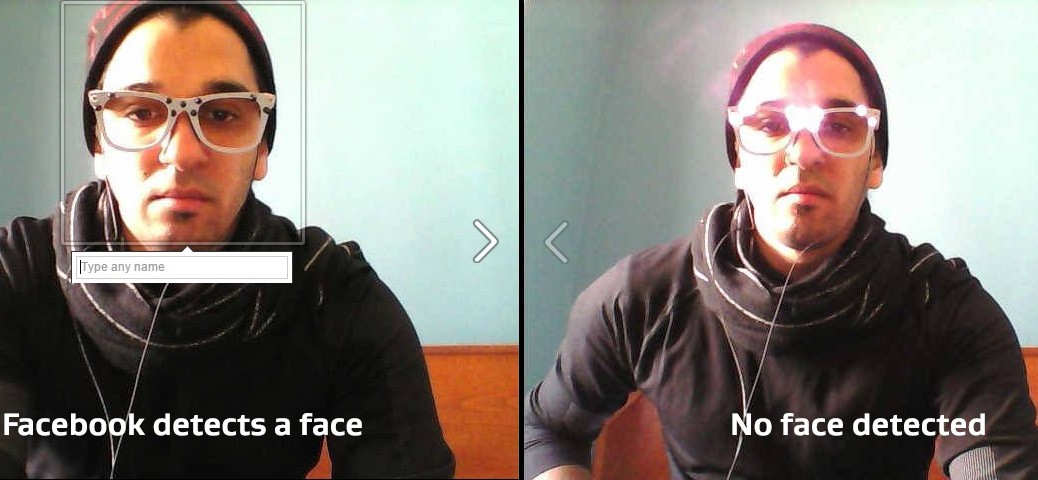AVG is always looking for ways to help people protect and secure their online identities and this year at Pepcom in Barcelona, we’re excited to reveal a pair of invisibility glasses.
What are invisibility glasses?
Developed by AVG Innovation Labs, the glasses help protect your visual identity in the digital age.
Through a mixture of technology and specialist materials, privacy wearables such as invisibility glasses can make it difficult for cameras or other facial recognition technologies to get a clear view of your identity.
Why would they be useful?
There are a number of reasons why invisibility glasses could be a valuable privacy tool in the future:
- The increasing use of smartphone cameras in public places means it’s more likely unsolicited images taken of us may end up online.
- Big Data projects such as Google’s StreetView highlight the possibility for our faces and identities to appear in the public domain.
- Advancements in facial-recognition technologies, such as Facebook’s DeepFace, could soon give a private corporations power to not only recognize us, but also cross-reference our faces to other data found online.
How do they work?
While the technology behind invisibility glasses is still in the prototype phase, there are generally two different methods of combatting unwanted facial recognition:
Infrared Light
The use of infrared light to break facial detection software was first introduced Isao Echizen of Tokyo Nation Institute of Informatics.
The idea is to place infrared LEDs inserted around the eyes and the nose areas. Since the infrared lights are completely invisible to human eyes, they are only detectable by cameras which are sensitive to the wavelengths of these LEDs. They claim to break face detection when the lights are on.
In this example we show how infrared can be used to avoid Facebook’s facial recognition technology.

One drawback of this approach is that many cellphone camera sensors have an infrared filter strong enough to cut off any wavelengths beyond the visible spectrum.
Retro-reflective Materials
These specialist materials help maintain your privacy at the moment that the image is actually taken.

Image courtesy of 3m
While most surfaces reflect light by diffusing or scattering it in all directions, retro-reflective materials are specially designed to reflect light back at the same angle as it arrived.
If caught in flash photography, retro-reflective materials will send most of the light back to the sensor. This will result in an image that will put the Dynamic Range of the camera sensor to test.

A noticeable drawback of this approach is that it only works with flash photography as otherwise, not enough light will be sent back to distort the camera sensor. Secondly, a camera with higher dynamic range can be used to minimize the darkening of the subject.
When can I get my own invisibility glasses?
At this stage, invisibility glasses, including those we will be displaying at Pepcom are just a proof of concept .
Rather than designing a product for market release, tech experts are investigating how technology can adapt to combat the daily erosion of our privacy in the digital age. Don’t expect to see them for sale any time soon!
Come and see us
If you are visiting Pepcom in Barcelona next week, please come and talk to the AVG team, we’d love to meet you and give you a demonstration of our invisibility glasses!
